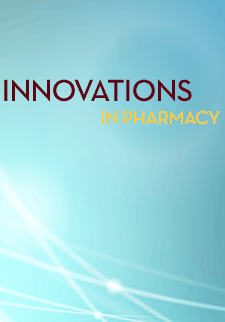Impact of an Emergency Department Simulation on Pharmacy Students’ Interprofessional Team Skills and Attitudes
Michael P. Kelsch
School of Pharmacy North Dakota State University
Rebecca Brynjulson
School of Pharmacy North Dakota State University
Allison Hursman
School of Pharmacy North Dakota State University
Amy Werremeyer
School of Pharmacy North Dakota State University
Heidi N. Eukel
School of Pharmacy North Dakota State University
DOI: https://doi.org/10.24926/iip.v13i4.4650
Keywords: simulation, interprofessional education, emergency department
Abstract
Objective: To evaluate the impact of an emergency department simulation on pharmacy students’ interprofessional team skills and attitudes as measured by a novel mixed methods approach.
Methods: A simulated emergency department encounter was executed by interprofessional teams consisting of pharmacy and medical students. Two rounds of the same encounter were separated by a short debriefing session facilitated by pharmacy and medical faculty. A full, comprehensive debriefing session occurred after conclusion of the second round. Pharmacy faculty evaluated pharmacy students using a competency-based checklist after each round of the simulation. Pharmacy students completed a baseline self-assessment of their interprofessional skills and attitudes pre-simulation, and again post-simulation.
Results: Pharmacy students demonstrated significant improvement in providing clear and concise verbal interprofessional communication and using shared decision making to develop a collaborative plan of care, based upon student self-assessment and faculty observational ratings. Student self-assessments also showed significant perceived growth in contributing to the team’s plan of care, and demonstrating active listening skills within the interprofessional team. Through qualitative analysis, pharmacy students noted perceived self-improvement in a variety of team-based skills and attitudes including confidence, critical thinking, role identification, communication, and self-awareness.
Conclusion: This simulation provided a learning opportunity for pharmacy students to improve their skills related to teamwork and interprofessional collaboration. Based upon a novel a mixed methods assessment, both student self-assessment and faculty observational ratings were associated with significant growth in interprofessional skills and attitudes. This simulation provides a template experience for colleges/schools to meet, at least in part, ACPE Standards related to interprofessional education in collaboration with medical students.



